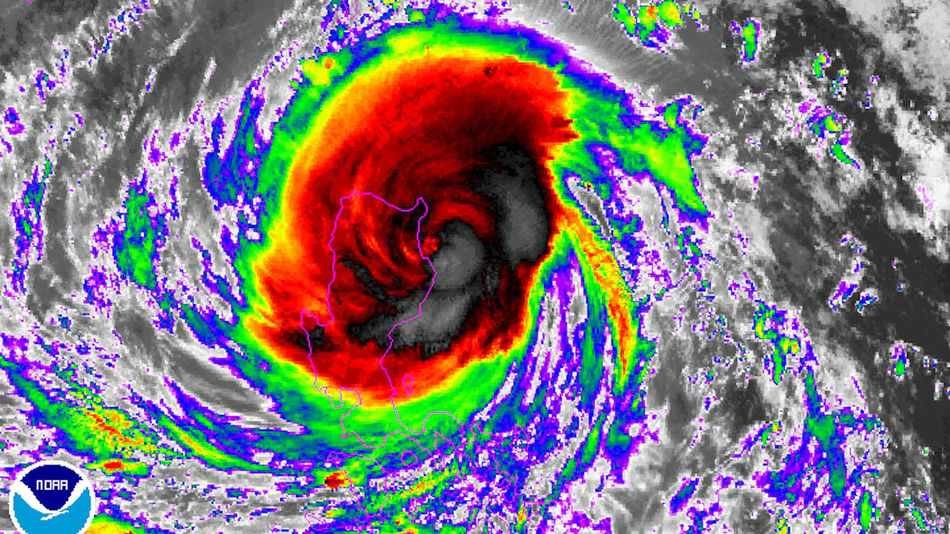
© NOAAInfrared satellite image of Typhoon Haima making landfall in Luzon, Philippines on Oct. 19, 2016.
Typhoon Haima, which on Tuesday became the planet's seventh Category 5 storm of the year, is slamming northern Luzon in the Philippines with damaging winds, storm surge flooding and heavy rains.
Fortunately, Haima lost some of its punch shortly before striking land, coming ashore at about 10:30 p.m. local time, or 10:30 a.m. EDT, packing maximum sustained winds of 140 miles per hour, according to the Joint Typhoon Warning Center (JTWC). The storm is known locally in the Philippines as Typhoon Lawin.
The weakening trend can be primarily traced to a phenomenon known as an eyewall replacement cycle, known to meteorologists by the acronym "ERC."
During such cycles, which typically occur in the most intense tropical cyclones, the storm's inner eyewall — where the worst winds and some of the heaviest rains tend to be concentrated — collapses, while an outer eyewall forms and gradually contracts inward toward the storm's center. During such a process, the storm's maximum sustained winds tend to diminish slightly, while the area of strong winds expands overall.
Eventually the outer eyewall replaces the inner eyewall, and the storm's maximum wind speed increases once again.
As Typhoon Haima showed, such cycles are unpredictable, and can take 12 hours or more to complete. The storm had been forecast to make landfall as a Category 5 storm.
The replacement cycle that occurred within Super Typhoon Haima was fortuitous, since it spared areas of northern Luzon from a truly catastrophic blow.
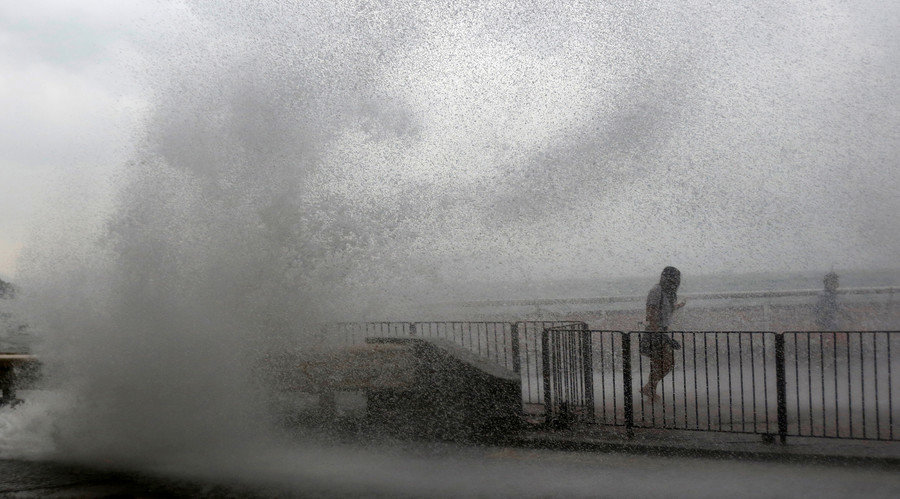
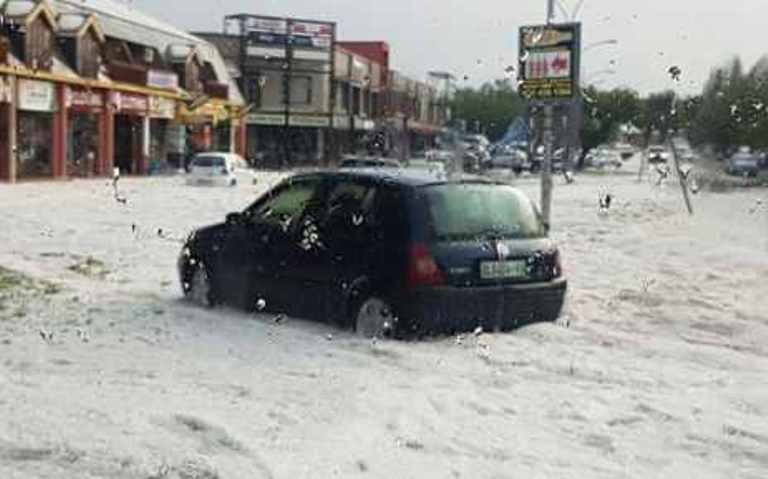
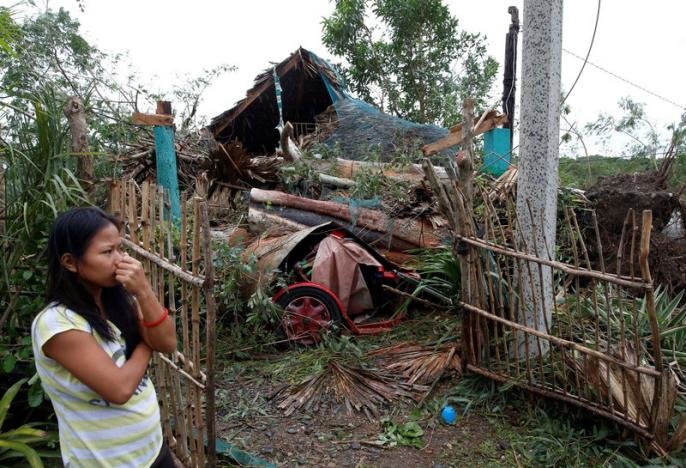



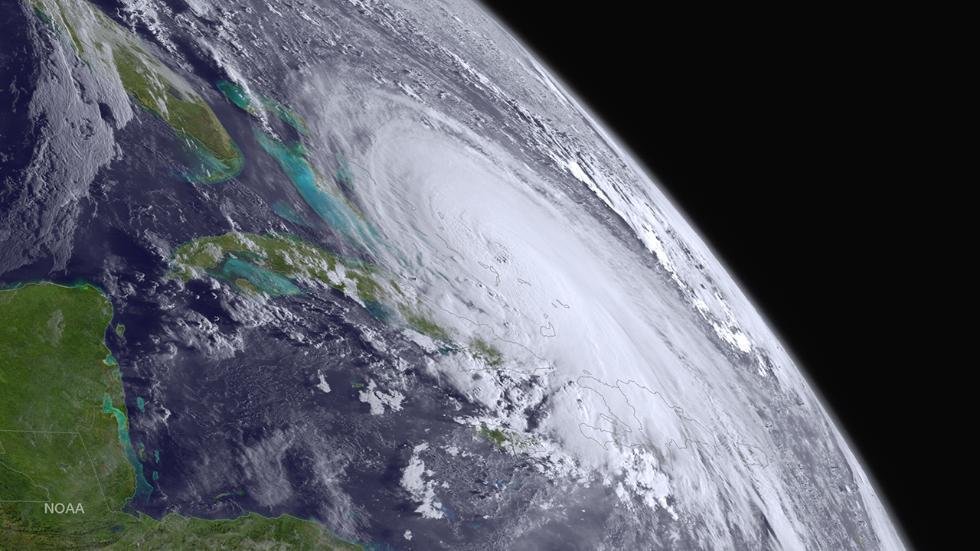
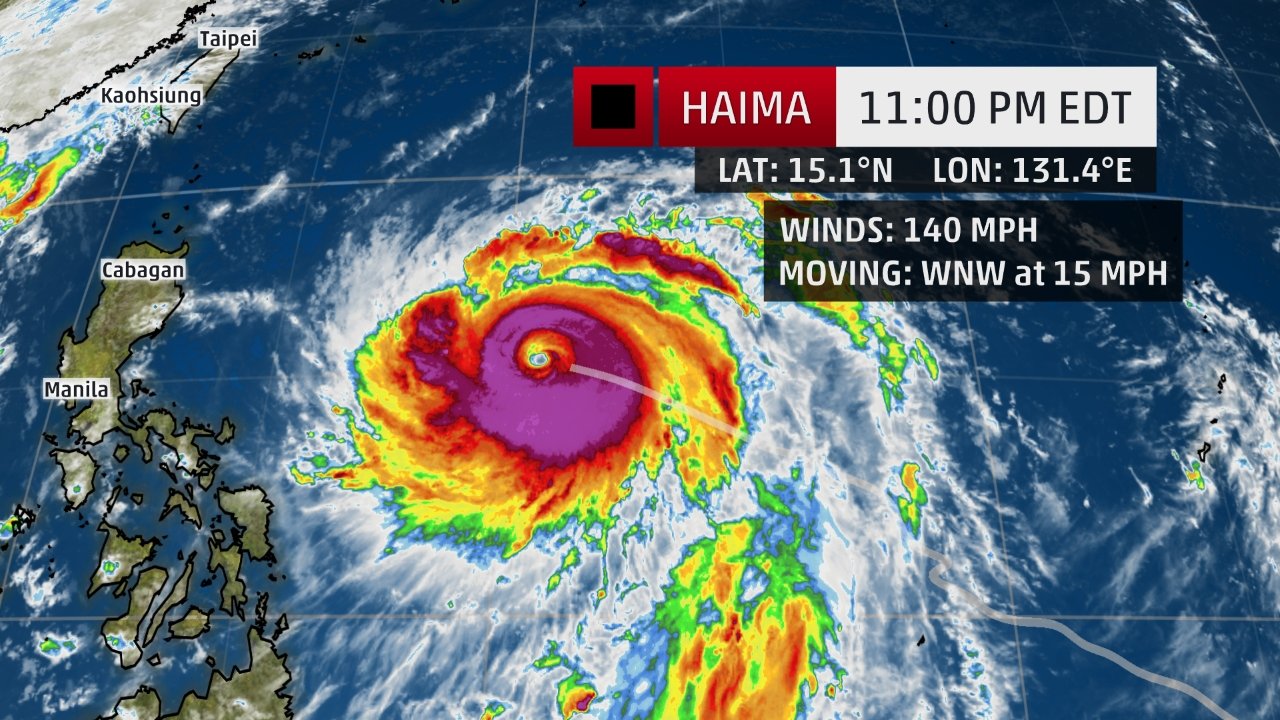
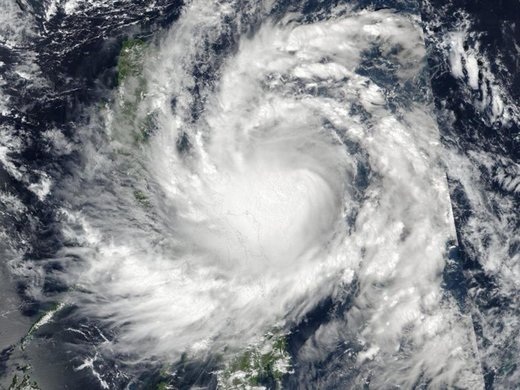
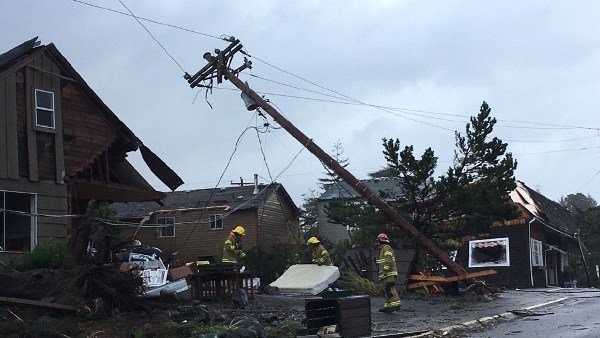



Comment: Update: Typhoon Haima kills at least 8 in the Philippines; tens of thousands of homes destroyed